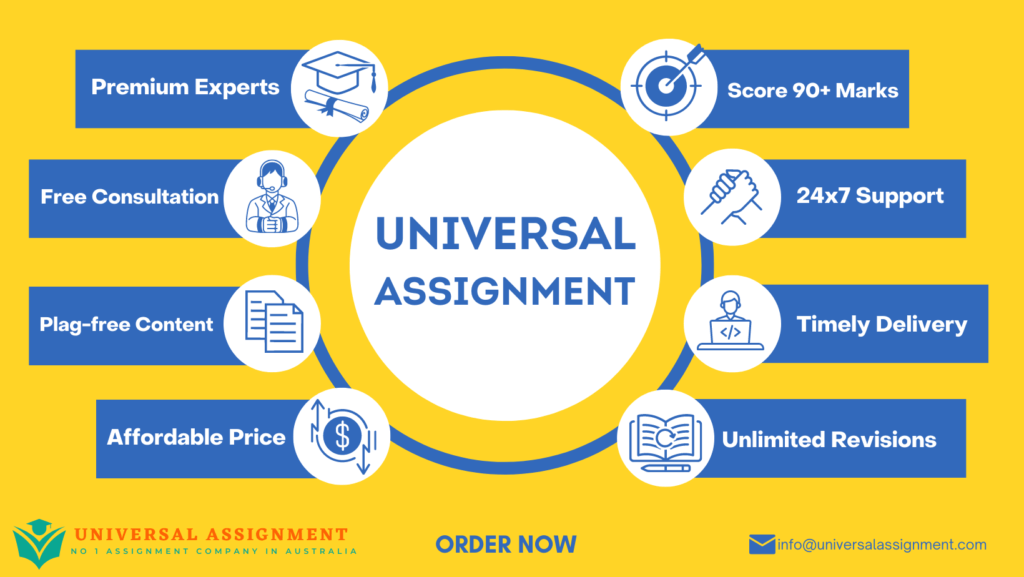
SUMMATIVE ASSIGNMENT
Answer ALL questions.
Download the daily data from Refinitiv Datastream in WRDS (Wharton Research Data Services) for the period between 1/1/2012 and 30/11/2022 for the following:
- the share price of a company that has been randomly assigned to you*,
- the S&P total market index (a proxy for the market portfolio), and
- the U.S. one-month treasury bill (a proxy for the risk-free rate of return).
* N.B. You will be provided with the name of the company assigned to you on the module’s Blackboard site.
- Calculate the daily returns for your company and explain the method you use. Graph the returns, provide descriptive statistics, and discuss your results.
(20 marks)
- Carry out an augmented Dickey-Fuller (ADF) test for your company price and return. Comment on the testing procedure and the importance of your results.
(20 marks)
- Following the Box-Jenkins methodology, identify an appropriate ARIMA (p d, q) model for your company’s return. Provide a clear explanation of the identification, estimation, and diagnostic stages of the modelling process.
(20 marks)
- According to the market model, the excess return on a stock depends on the excess return on the market portfolio and the extent of the stock’s responsiveness as measured by its beta, i.e.,
𝑅i,𝑡 = 𝛼 + 𝛽𝑅𝑚,𝑡 + 𝑢𝑡
where Ri, t
is the excess return on stock i and Rm,t is the excess return on the market index.
- Estimate the beta value of your company using the model described above and check the adequacy of the model.
(20 marks)
- Construct an appropriate dummy variable and estimate a multiple regression model to investigate whether the COVID-19 (which was formally recognised as a global pandemic by the World Health Organization WHO in March 2020) has had an impact on your company’s return and its beta.
(20 marks)
All results should be properly tabulated in the main body of the assignment along with any diagrams you deem appropriate. You should *not* include the raw software or EXCEL output. This should be reformulated into your own tables.
Keep your answers as precise and concise as possible. You should properly reference any relevant econometric literature (theoretical and applied) referred to in the text.
You should include the price and return series for the year of 2022 in an appendix. Please do *not* include the full data set.
Overall word limit: 1,500 words SUBMISSION INSTRUCTIONS
| Your completed assignment must be uploaded to Ultra no later than 12:00 midday on 26 April 2023. A penalty will be applied for work uploaded after 12:00 midday as detailed in the Student Information Hub. You must leave sufficient time to fully complete the upload process before the deadline and check that you have received a receipt. At peak periods, it can take up to 30 minutes for a receipt to be generated. |
Assignments should be typed, using 1.5 spacing and an easy-to-read 12-point font. Assignments and dissertations/business projects must not exceed the word count indicated in the module handbook/assessment brief.
The word count should:
- Include all the text, including the title, preface, introduction, in-text citations, quotations, footnotes and any other items not specifically excluded below.
- Exclude diagrams, tables (including tables/lists of contents and figures), equations, executive summary/abstract, acknowledgements, declaration, bibliography/list of references and appendices. However, it is not appropriate to use diagrams or tables merely as a way of circumventing the word limit. If a student uses a table or
figure as a means of presenting his/her own words, then this is included in the word count.
Examiners will stop reading once the word limit has been reached, and work beyond this point will not be assessed. Checks of word counts will be carried out on submitted work, including any assignments or dissertations/business projects that appear to be clearly over-length. Checks may take place manually and/or with the aid of the word count provided via electronic submission. Where a student has intentionally misrepresented their word count, the school may treat this as an offence under Section IV of the General Regulations of the University. Extreme cases may be viewed as dishonest practice under Section IV, 5 (a) (x) of the General Regulations.
Very occasionally it may be appropriate to present, in an appendix, material which does not properly belong in the main body of the assessment but which some students wish to provide for the sake of completeness. Any appendices will not have a role in the assessment – examiners are under no obligation to read appendices and they do not form part of the word count. Material that students wish to be assessed should always be included in the main body of the text.
Guidance on referencing can be found on Durham University website and in the Student Information Hub.
MARKING GUIDELINES
Performance in the summative assessment for this module is judged against the following criteria:
- Relevance to question(s)
- Organisation, structure and presentation
- Depth of understanding
- Analysis and discussion
- Use of sources and referencing
- Overall conclusions
PLAGIARISM AND COLLUSION
Students suspected of plagiarism, either of published work or the work of other students, or of collusion will be dealt with according to School and University guidelines.
END OF ASSESSMENT

Get expert help for Introduction to Financial Econometrics and many more. 24X7 help, plag free solution. Order online now!

